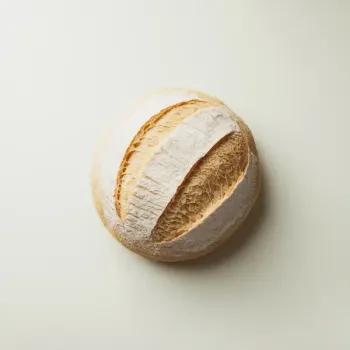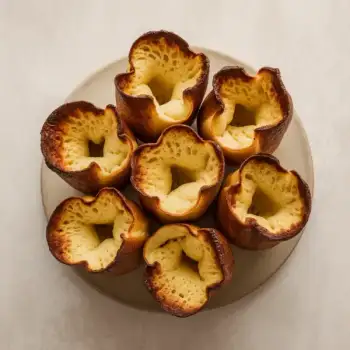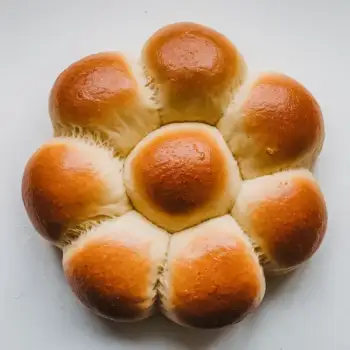


White
Refined bread flour with the bran and germ removed, resulting in a lighter texture and color, commonly used for traditional bread baking.
Organic
Bread flour produced without synthetic pesticides or fertilizers, often preferred for its natural cultivation methods.
Bleached
Bread flour treated with chemical agents to speed up aging and improve its baking properties, which can affect the flavor and nutritional value.
Unbleached
Bread flour that has been naturally aged without chemical treatment, preferred for its natural color and better flavor.
Whole Grain
Bread flour that has not been refined and contains all parts of the grain, providing a more robust flavor and higher nutritional content.




white bread flour: Gold Medal
organic bread flour: Bob's Red Mill
bleached bread flour: Pillsbury
unbleached bread flour: King Arthur Baking Company
whole grain bread flour: King Arthur Baking Company

Baking: Bake bread flour-based doughs at the appropriate temperature for the specific recipe. Steam in the oven can create a crisp crust, while baking stones can help achieve an even bake.
Kneading: This is essential for developing gluten in bread dough. Knead by hand on a floured surface or with a dough hook in a stand mixer until the dough is smooth and passes the windowpane test.
Proofing: Allow the dough to rise until it has doubled in size. This is a critical step for flavor development and creating a light, airy structure in the final product. Proofing times can vary based on the recipe and ambient temperature.













